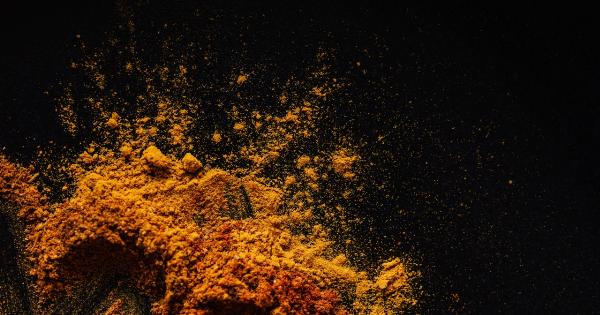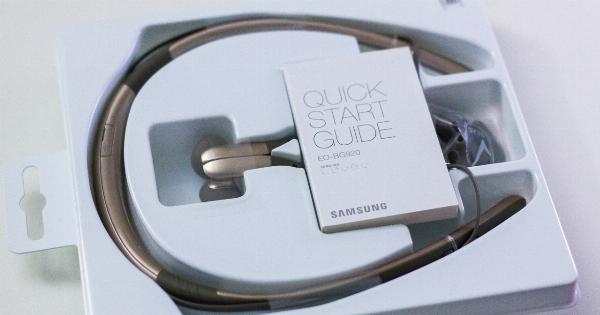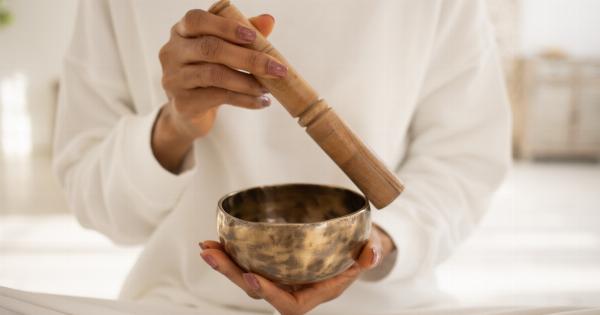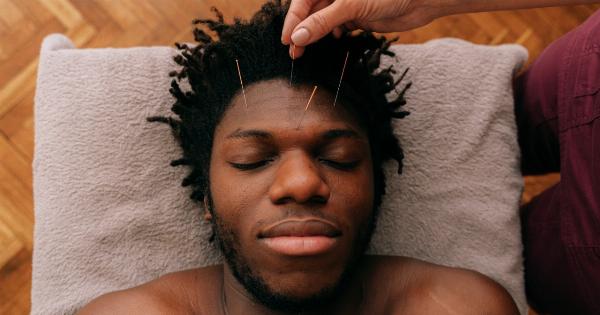Seizure disorders, also known as epilepsy, affect millions of people worldwide. These neurological conditions can cause sudden and recurrent episodes of convulsions, loss of consciousness, and abnormal sensations.
While traditional treatment options such as medication and surgery have proven to be effective in managing seizures, some individuals are turning to alternative therapies. One such alternative therapy that has gained attention is the use of flowers. In this article, we will explore how flowers can be used as a complementary approach to managing seizure disorders.
Understanding Seizure Disorders
Before delving into the potential benefits of flowers in managing seizure disorders, it is important to understand the nature of these conditions. Seizures are caused by sudden, excessive electrical activity in the brain.
Traditional Treatment Approaches
The first line of treatment for seizure disorders involves antiepileptic medications. These medications work by reducing the abnormal electrical activity in the brain, thus preventing seizures.
In some cases, surgical intervention may be recommended to remove or disconnect the area of the brain responsible for the seizures. While these treatments can be effective, they may also come with side effects and limitations.
The Role of Flowers in Seizure Management
Flowers have been used for centuries in various traditional medicine systems for their therapeutic properties.
While scientific research on the direct effects of flowers on seizures is limited, there is evidence to suggest that certain flowers may have beneficial properties in managing seizure disorders.
Lavender
Lavender is a popular flower known for its calming and relaxing effects. It has been traditionally used to alleviate anxiety and promote better sleep.
Some individuals with seizure disorders have reported a reduction in the frequency and intensity of seizures after exposure to lavender essential oil or through regular use of lavender-based products.
Chamomile
Chamomile is another flower known for its calming properties. It has been used in traditional medicine to soothe the nervous system and promote relaxation.
While there is limited scientific evidence specifically regarding chamomile’s effects on seizures, its potential anti-anxiety and stress-reducing properties may indirectly contribute to better seizure management.
Passionflower
Passionflower has a long history of use in herbal medicine for its sedative and antispasmodic effects. Some studies have suggested that passionflower may have neuroprotective properties and could potentially help manage seizures.
However, more research is needed to fully understand its mechanism of action and effectiveness in seizure management.
Valerian
Valerian is a flowering plant often used as a natural sleep aid. It has been studied for its potential antiepileptic effects, with some research indicating that it may help reduce seizure activity.
However, further studies are necessary to confirm these findings and determine the optimal dosage and administration of valerian for seizure management.
Magnolia
Magnolia is a tree that produces fragrant flowers traditionally used in Chinese medicine. Some components found in magnolia bark extract, such as honokiol, have been shown to possess anticonvulsant properties in animal studies.
While more research is needed to evaluate the efficacy and safety of magnolia in humans, it shows promise as a potential adjunctive therapy for seizure disorders.
Other Promising Flowers
In addition to the aforementioned flowers, other plants and flowers have shown potential in the management of seizures. These include skullcap, lemon balm, and hops.
While scientific research is still limited, anecdotal evidence suggests that these flowers may have calming effects on the nervous system, potentially helping reduce seizure activity.
Important Considerations and Precautions
While the use of flowers as a complementary approach for seizure management may hold promise, it is important to exercise caution and consult with healthcare professionals.
Natural remedies can still have side effects and interactions with other medications. It is essential to work with a knowledgeable healthcare provider to ensure safe and effective use of flower-based therapies.
Conclusion
Although further research is required to fully understand the potential benefits of flowers in managing seizure disorders, there are indications that certain flowers, such as lavender, chamomile, passionflower, valerian, and magnolia, might have calming and neuroprotective properties that could help reduce seizure activity. However, it is crucial to approach these alternative therapies with caution and under the guidance of healthcare professionals.
Flowers should not replace standard medical care but can potentially serve as a complementary approach to support overall well-being in individuals with seizure disorders.





























